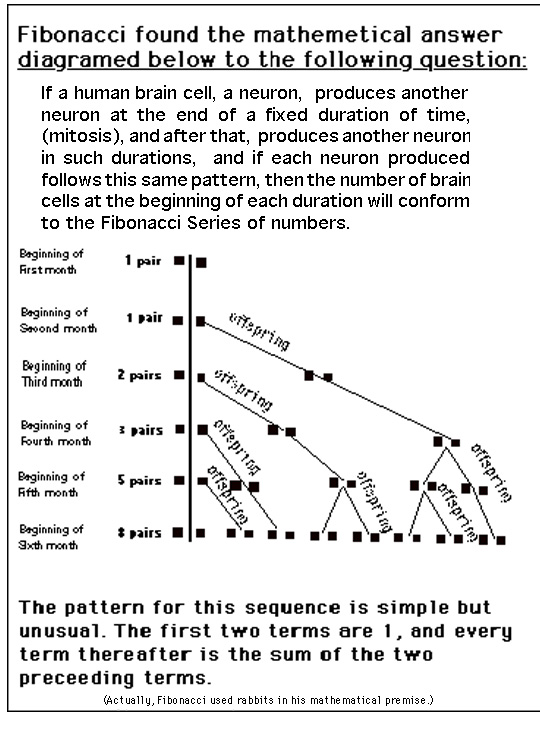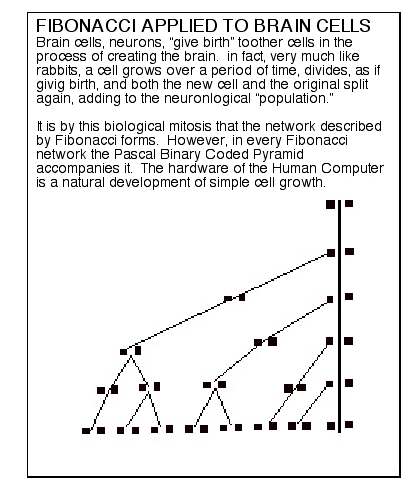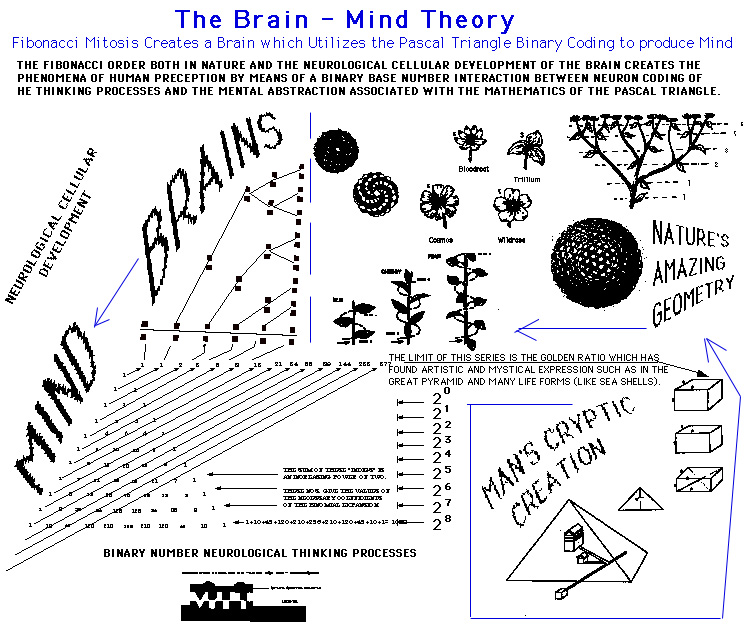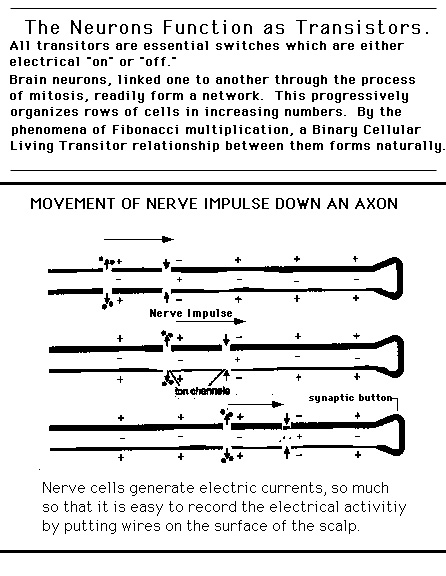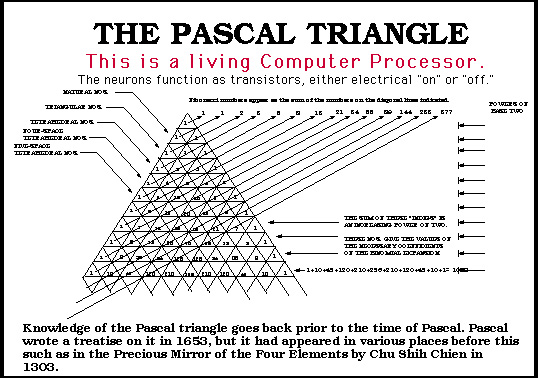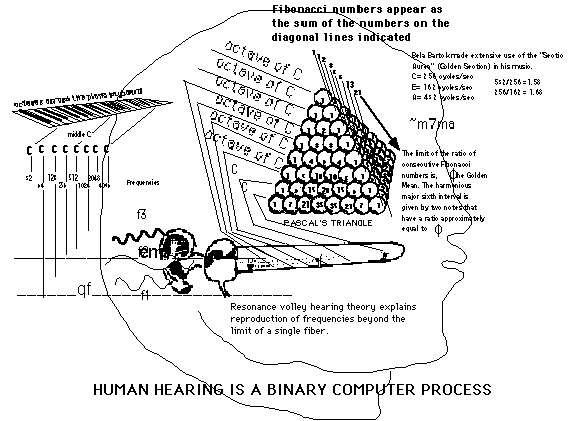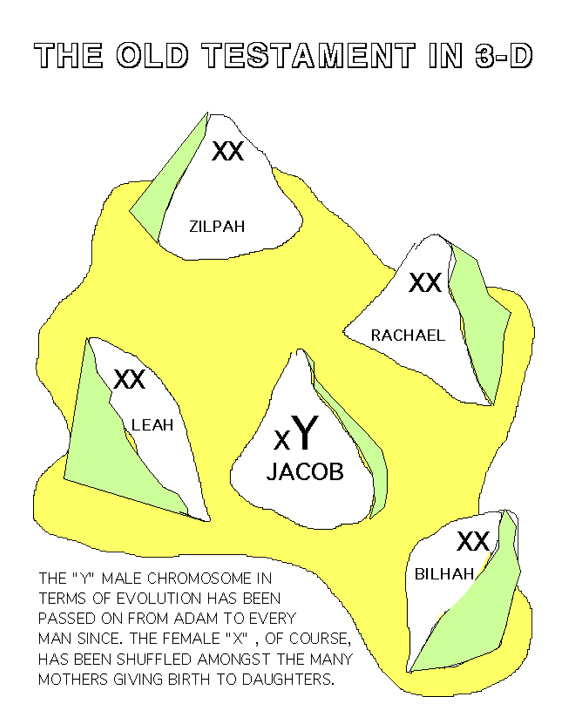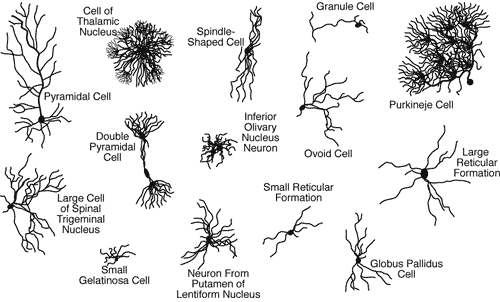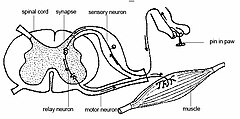C
cupid dave
Guest
- Thread starter
- #101
Why not give up the unequal battle? Here you are, saying that I am quotemining - it's all you've got, really. But I gave the link to talkorigins, and it's there in full for you to go check.
Have you done so?
If you have, and you still persist with the quotemining accusation, and I have given the whole piece they quoted, then you're accusing talkorigins of quotemining! That's a good example of shooting yourself in the foot.
Do you still stand by your accusation? If so, justify it by finding the whole passage they quoted, and we'll see.
If they are quotemining, then tough luck. It's your side that's guilty. If they're not quotemining, then you have to find a new tack.
Whichever, you're in very deep trouble.
The customary crap.
Do they know enough about it? I doubt it. Not one of them has a critical bone in their heads - other kinds of solid bone maybe - but the brainless swallowing and regurgitating that goes on there is intellectually disgraceful, to say the least.
Did you follow the link I gave? I bet you didn't. You don't dare. Here it is again: go search. http://www.talkorigins.org/faqs/chance/chance.html
Then admit you're talking nonsense.
You're in very deep trouble again. I asked you what FORTUITOUS (his word) meant. Maybe you said what it meant, but I don't recall. Here's the dictionary:
for·tu·i·tous/fôrˈt(y)o͞oitəs/
Adjective:You got that now? Monod says mutations are FORTUITOUS, meaning happening by accident, chance, NOT by design.
- Happening by accident or chance rather than design.
- Happening by a lucky chance; fortunate.
And that is IN EXISTING CELLS. He's NOT talking about abiogenesis.
I hope your English is up to this, but I'm beginning to doubt it.
Engineers have brains. Intelligence. Design ability. Can recognise something good when it pops up by chance on their COMPUTER PROGRAMS.
Natural selection has none of these.
So spare us the tripe.
And the number of such is insignificant in the great scheme of things, as you've seen from the rate of mutation we know pretty exactly. And don't forget, your high priest Dawkins said:
So even that insignificant number of insignificant mutations is usually bad.
How can you get the Cambrian explosion from that depressing statistic?
Write to talkorigins about their misuse of Dawkins. They'll set you right. Here: http://www.talkorigins.org/faqs/chance/chance.html
You really don't get it, do you?
That's not a lot of variation - because a huge percentage of that fanciful figure of yours is either neutral or damaging. Dawkins said so. Remember him?
they [mutations] are usually bad because there are more ways of getting worse than of getting better.
As I said, talkorigins quoted these people, not me.
But if that's the best you can do, then your case is in an extremely bad way - 'sick unto death' is the Biblical expression.
Call me wrong as Adam shows anyone can do, but explain how you are on Topic here, and how all theabove makes a case for or against God counting, and evolution?
I see God counting twelve tribes, twelve stones for the altar built by Joshua and again, 12nby Elijah, and 12 princes, and 12 sons of Ismael, etc.
I read about seven over and over.
Then we see this hypothesis that suggests the 7 and 12 are number sets in a Group Theory that supposes a pattern to the way we think evolved such that men can image the external Reality which is their master, lord, and almighty.
How is that off Topic and this argument against evolution important to the OP?







